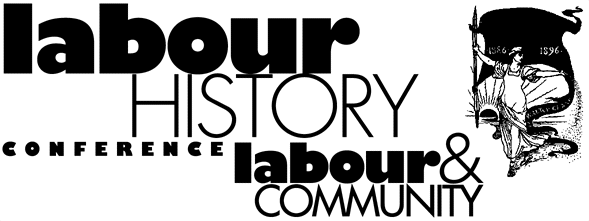Start Date
2-10-1999 2:30 PM
End Date
2-10-1999 3:00 PM
Description
The states were disadvantaged by joining the Federation in 1901. They surrendered their incomes derived mainly from customs and excise to the new Commonwealth and received back 75 per cent of it. But after 1910 that amount was withdrawn and they had to accept 25 shillings per head. The loans they had been accustomed to raise since the 1880s either locally or in London assisted in keeping their economies afloat through providing employment on various public works programmes. But the war removed even that thin line of support as the Commonwealth took over aBloan raisings to fund the war. Most states other than NSW agreed not to raise loans causing an increase in the numbers of unemployed. In the early stages of the war, funds were lent by Britain to the Commonwealth to assist in war mobilisation some of which was lent to the states. The British funds were not sent to Australia; a credit was created in the Commonwealth Bank in London and, to the horror of orthodox economists, additional notes were printed by the Treasury's Note Issuing Branch in Australia with a promise that they would be redeemed at the end of the war. The Commonwealth established a war-time loan council to distribute these British funds and raise new loans in Australia. NSW continued to raise loans in London, much to the Commonwealth's annoyance, because it wished to maintain strong employment levels through its public works programme. The war cost nearly £400 million and the Hughes National government in 1920 sought to re-establish this loan council as a measure for assisting in the loan renewals and repayments. The Commonwealth wished to have the states avoid conducting their borrowing programmes when the Commonwealth was renewing its war-time loans. Hughes was replaced by S.M. Bruce in January 1923 and Dr Earle Page became his Treasurer. They embarked on a programme to curtail the borrowings by the states. They argued that money invested by private corporations was done more efficiently and effectively than if a government invested the same money in infrastructural developments. NSW had not joined the war-time loan council but when Fuller was Premier he enrolled the state in Bruce's loan council.
Jack Lang, the Loan Council and the Bruce/Page Government
The states were disadvantaged by joining the Federation in 1901. They surrendered their incomes derived mainly from customs and excise to the new Commonwealth and received back 75 per cent of it. But after 1910 that amount was withdrawn and they had to accept 25 shillings per head. The loans they had been accustomed to raise since the 1880s either locally or in London assisted in keeping their economies afloat through providing employment on various public works programmes. But the war removed even that thin line of support as the Commonwealth took over aBloan raisings to fund the war. Most states other than NSW agreed not to raise loans causing an increase in the numbers of unemployed. In the early stages of the war, funds were lent by Britain to the Commonwealth to assist in war mobilisation some of which was lent to the states. The British funds were not sent to Australia; a credit was created in the Commonwealth Bank in London and, to the horror of orthodox economists, additional notes were printed by the Treasury's Note Issuing Branch in Australia with a promise that they would be redeemed at the end of the war. The Commonwealth established a war-time loan council to distribute these British funds and raise new loans in Australia. NSW continued to raise loans in London, much to the Commonwealth's annoyance, because it wished to maintain strong employment levels through its public works programme. The war cost nearly £400 million and the Hughes National government in 1920 sought to re-establish this loan council as a measure for assisting in the loan renewals and repayments. The Commonwealth wished to have the states avoid conducting their borrowing programmes when the Commonwealth was renewing its war-time loans. Hughes was replaced by S.M. Bruce in January 1923 and Dr Earle Page became his Treasurer. They embarked on a programme to curtail the borrowings by the states. They argued that money invested by private corporations was done more efficiently and effectively than if a government invested the same money in infrastructural developments. NSW had not joined the war-time loan council but when Fuller was Premier he enrolled the state in Bruce's loan council.


